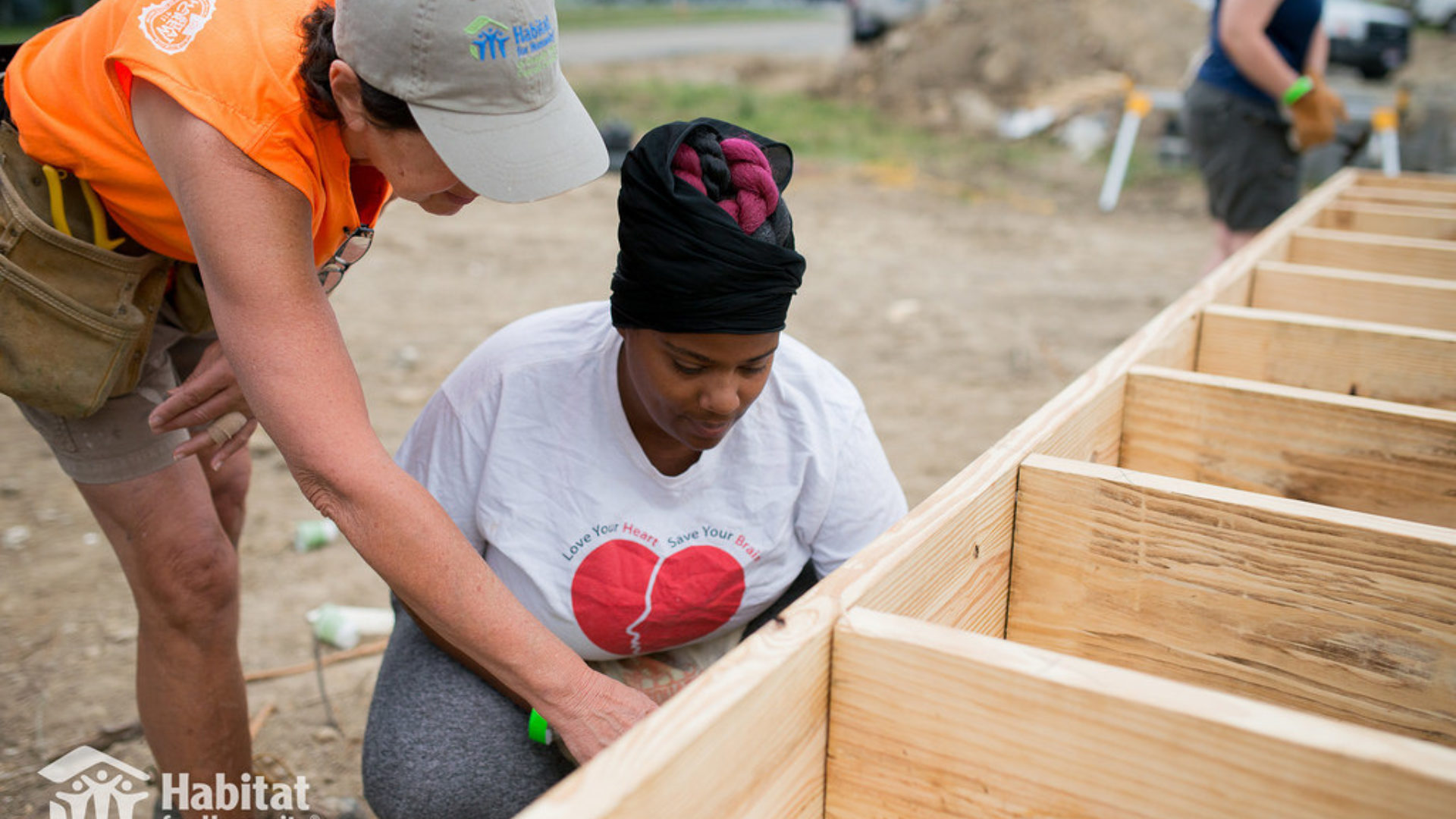If you're reading this blog post - or if you read our External Focus blog weekly - then you're probably excited about serving our community.
But what about your family? Or your Community Group? What about your friends or coworkers? Do they serve with you? Or do you sometimes feel like you're the only one who wants to serve? But serving by yourself all the time is kind of a bummer. Right?
Since a lot of us face that dilemma, I figured I'd go right to some of our local experts - staff and lead volunteers on Watermark's External Focus team. Do they face this same difficulty? Why yes, yes they do! So I asked them for tips on getting others to serve alongside them.
Here are their answers, with a few additional notes by me (Benson Hines).
1. Name a time and a place
My project started with Ryan Wall, City Engagement Director, after I heard him share a great leadership tip:
“Leadership starts with naming a time and a place.” When I say, 'Will you meet me on Saturday morning at 9 AM at Brother Bill's?,' people show up!"
Jeff Ward, External Focus Director, chimed in. "Totally agree with Ryan. People are better with a time and place (AND a personal invite). In that scenario, they don’t even really care what you’re going to do service-wise. It’s more about building relationship with the group and doing something new and interesting." As Jeff soon added, you will still have the chance to share some context and the heart behind the service, during and after the project.
2. Present choices, not a blank slate
Carisa Knight, Partner Relations Coordinator, said, "Tell them that it looks REALLY bad if an External Focus team member can’t get their own CG to serve. It works! Just kidding (kind of).
"I would honestly say the same thing as Ryan. Present at least two choices – specific events/dates/etc. It makes it easier than just throwing out a general idea about it."
3. Step up
Someone's got to get the ball rolling. As Tara Armstrong, a Team Assistant, wrote, "Be willing to be the person to make the plan, and don’t try to please everyone."
And Christy Chermak, the Clinic Coordinator, agreed, encouraging us to just "make the ask. People won’t come if they don’t know there’s an opportunity!"
4. Don't wait for perfect attendance
Carisa added, "Don’t wait for ALL to be able to do it. It just may not happen. Do something where a majority can come; otherwise, it may never happen."
Tara agreed: "Be okay with the idea that the whole group may not make it for every event."
5. Plan ahead
Tanya Cheek, another lead volunteer, wrote, "Pick the day, time and place well in advance." And Karen Bundren, a Team Assistant, added, "It’s always best to plan far enough ahead that everyone can schedule it."
Rick Howard, our International Director, agreed. "Plan far in advance. Schedules for families fill up fast and get full. Greater lead time means fewer conflicts and excuses."
6. Go with somebody's passion
Karen suggested that you "schedule an activity or place of service that one of the group members is passionate about." And Rick threw in other angles to look for: "Serve doing something that interests or intersects with Community Group lives - in your geographic area, stage of life, or passion of the folks in the group."
Jeff Ward, External Focus Director, wrote, "Everyone in our group is already serving in a ministry somewhere. So, when we do serve together, I try and make it something that will connect with a passion I’ve already observed. For example, if they’re serving in a marriage ministry, I try and pick something that helps re-build relationships [out in the community]."
7. Value variety
Tara encouraged us to "shake it up with your events! Do some for couples and some for whole families, so you have a variety."
The same goes for how you serve - if you're trying to get people interested in serving, make sure you serve in different ways, in different causes, etc., unless the group finds something they can all invest in.
8. Cast the vision
Oscar Castillo, our Cross-Cultural Engagement Director, wrote about sharing the larger vision. "First, I make it a point to show others the bigger picture of why they should serve. Whether its showing data, statistics, or current events that show a significant need for serving. This makes it much easier for me to ask people to join me in serving."
Marcus Toussaint, one of our lead volunteers, concurred. "What gets celebrated gets repeated. Celebrate the awesome things God is doing before you invite. People will eventually want to be a part."
Christy added, "Share stories about previous experiences to show them examples of the neat God stuff that happens when you serve. Also, sharing what God is teaching you as you've been serving helps."
9. Feed yourselves!
The ever-hospitable Karen noted, "It’s always a win if you add food in the mix. Either before or after serving, include a meal and time of fellowship."
Jeff agreed with that plan. "Connect it to food," he wrote. "Serve in the morning, and then go get lunch together. Or eat first and serve after. I prefer the former, because it allows the group to 'bond' further around the work you just did. You can debrief over lunch and fellowship.
"Something magical happens around the table - and it seems like folks seem more committed to do something like that again."
10. Start talking about the next chances to serve
Finally, Jeff noted that you could use one service opportunity to "advertise" for the next. "Email out the group afterwards with a few key volunteering opportunities or events with that ministry coming up." Then whether you serve together in the same way or not, group members have the chance to engage again.
